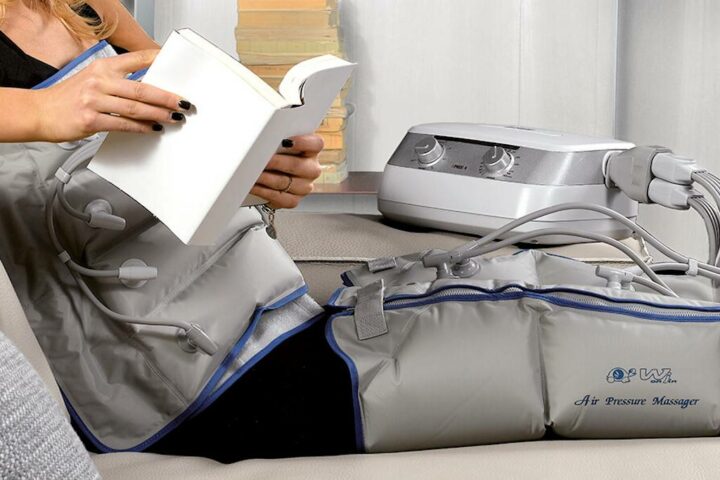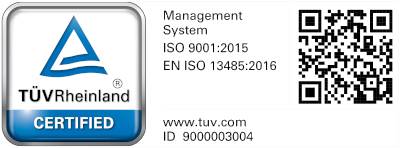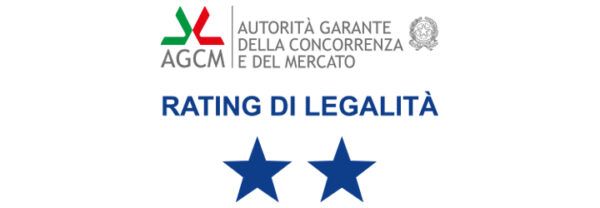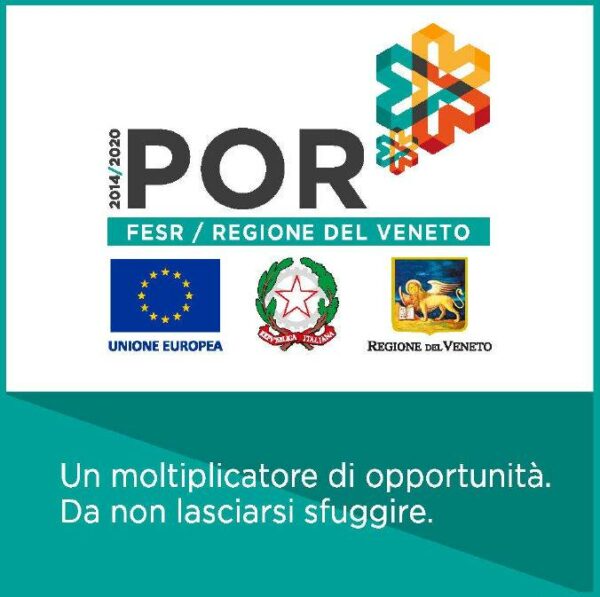Pressotherapy, or intermittent pneumatic compression, is a therapeutic and aesthetic technique that improves the vascular system function in areas such as the arms, legs and abdomen, through the application of moderate alternating pressure on the limbs.
In instrumental pressotherapy, air applicators are commonly used, since they produce a drainage (displacement) of liquids inside the body.
Pressotherapy is used in the event of:
- Venous insufficiency
- Peripheral arterial deficiency
- Lymphatic insufficiency
- Aesthetic lymphatic drainage (cellulitis)
The ability to stimulate the vascular system (arterial, venous and lymphatic) and to drain liquid in the body allows both the elimination of harmful toxins, normal functioning and the reactivation of venous circulation, making it more efficient.
The conditions and situations that can be treated are:
- Lymphoedema (both congenital and post-operative);
- Oedema with chronic venous insufficiency;
- Treatment of varicose veins and ulcus cruris (chronic leg ulcer);
- Oedemas due to muscular activity;
- Prevention of deep vein thrombosis;
- Veno-lymphatic circulation disorders;
- Peripheral arterial disease;
- Overload from sports activity;
- Hydro-lipo-dystrophy, or cellulite;
- Aesthetic lymphatic drainage.
The working principle is based on the possibility of exerting a pressure that moves in a wave from bottom to top (distal-proximal), in the treated area, with the use of special applicators built in sections that inflate in sequence. The sequence of applicator inflation and deflation generates the mobilisation of the liquid.
This inflating sequence can also be reversed (proximal-distal) to promote the arterial flow of blood that starts from the heart but struggles to reach the extremities of the limbs (peripheral arterial disease).








